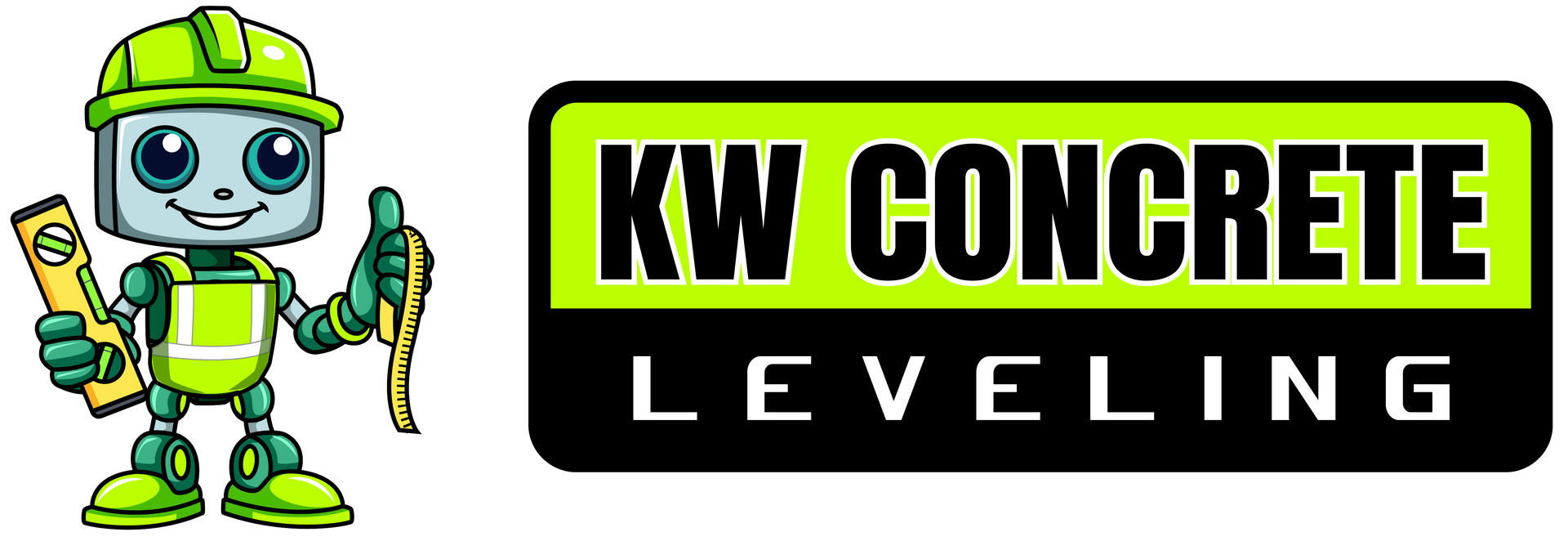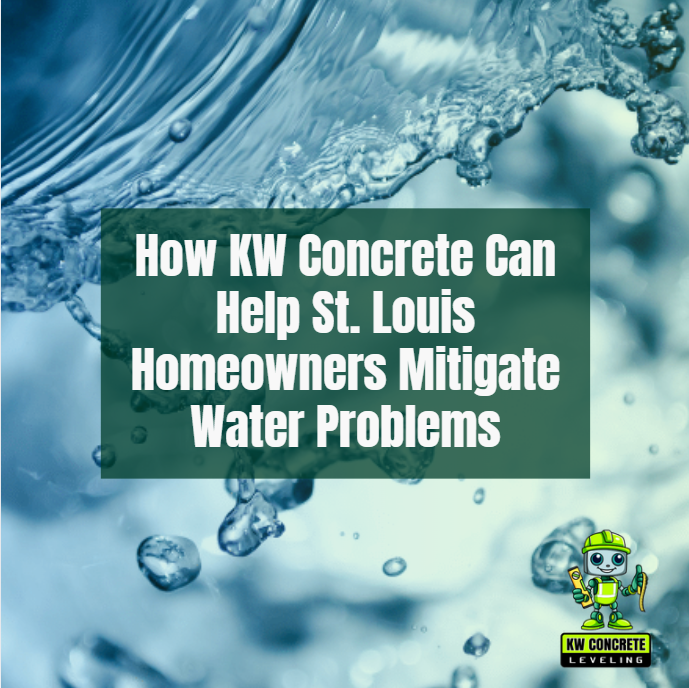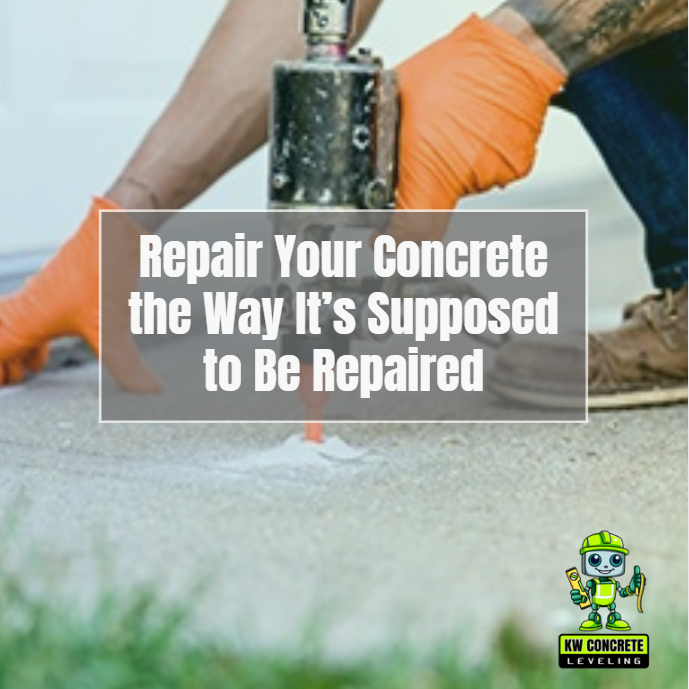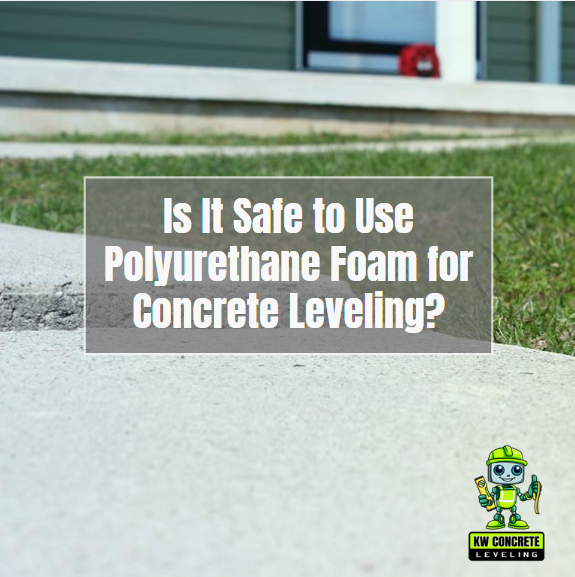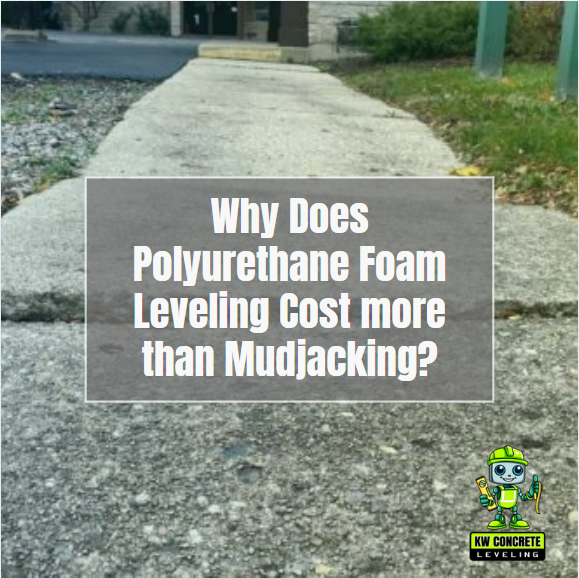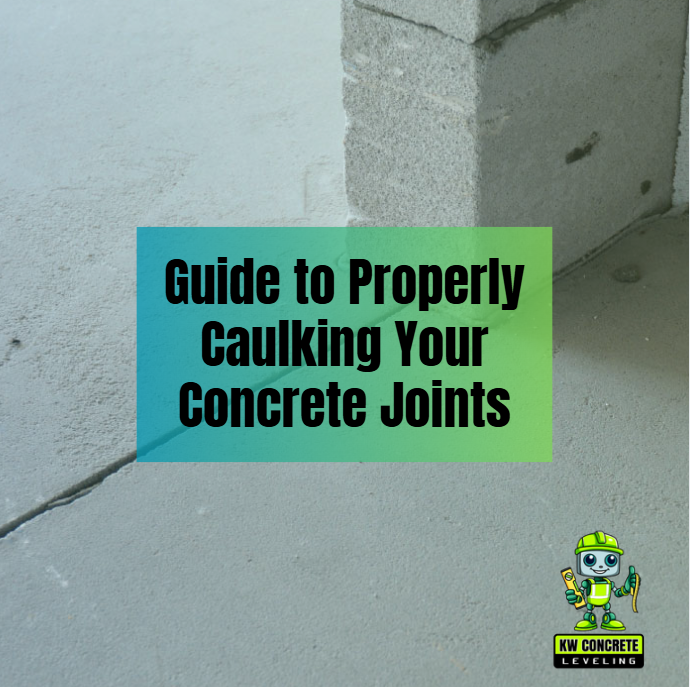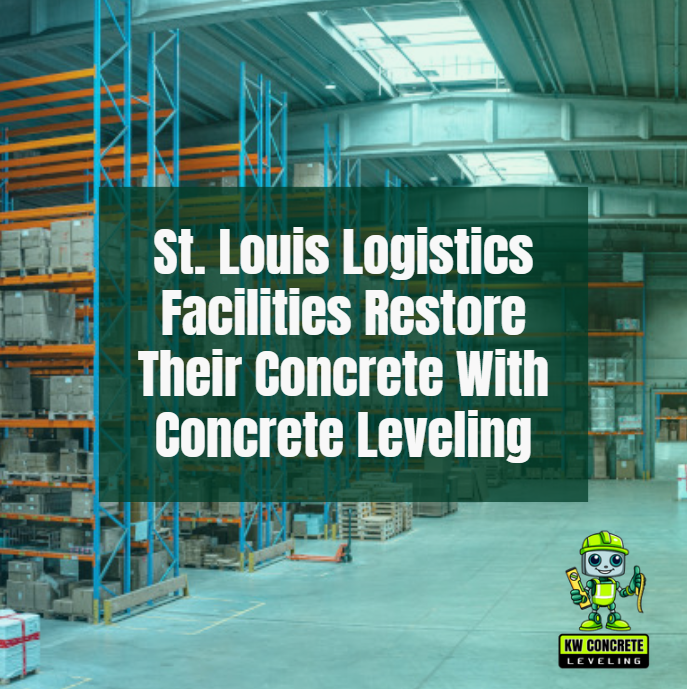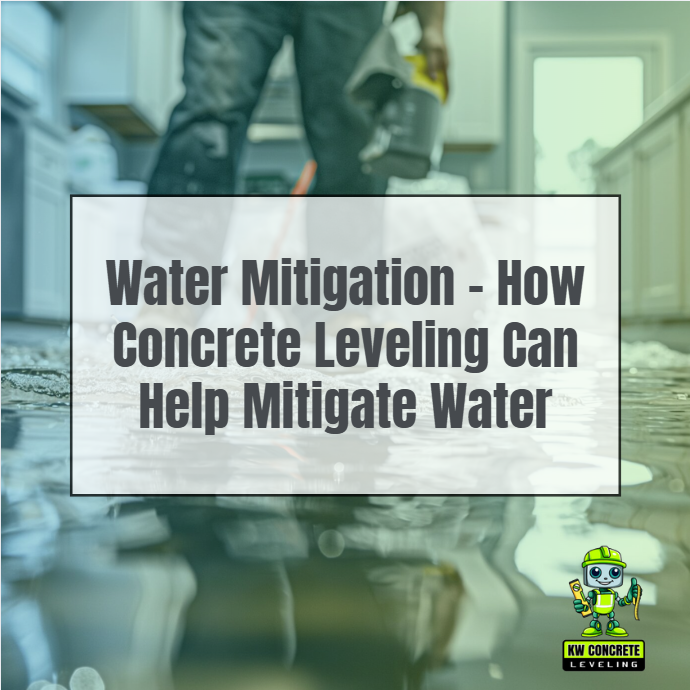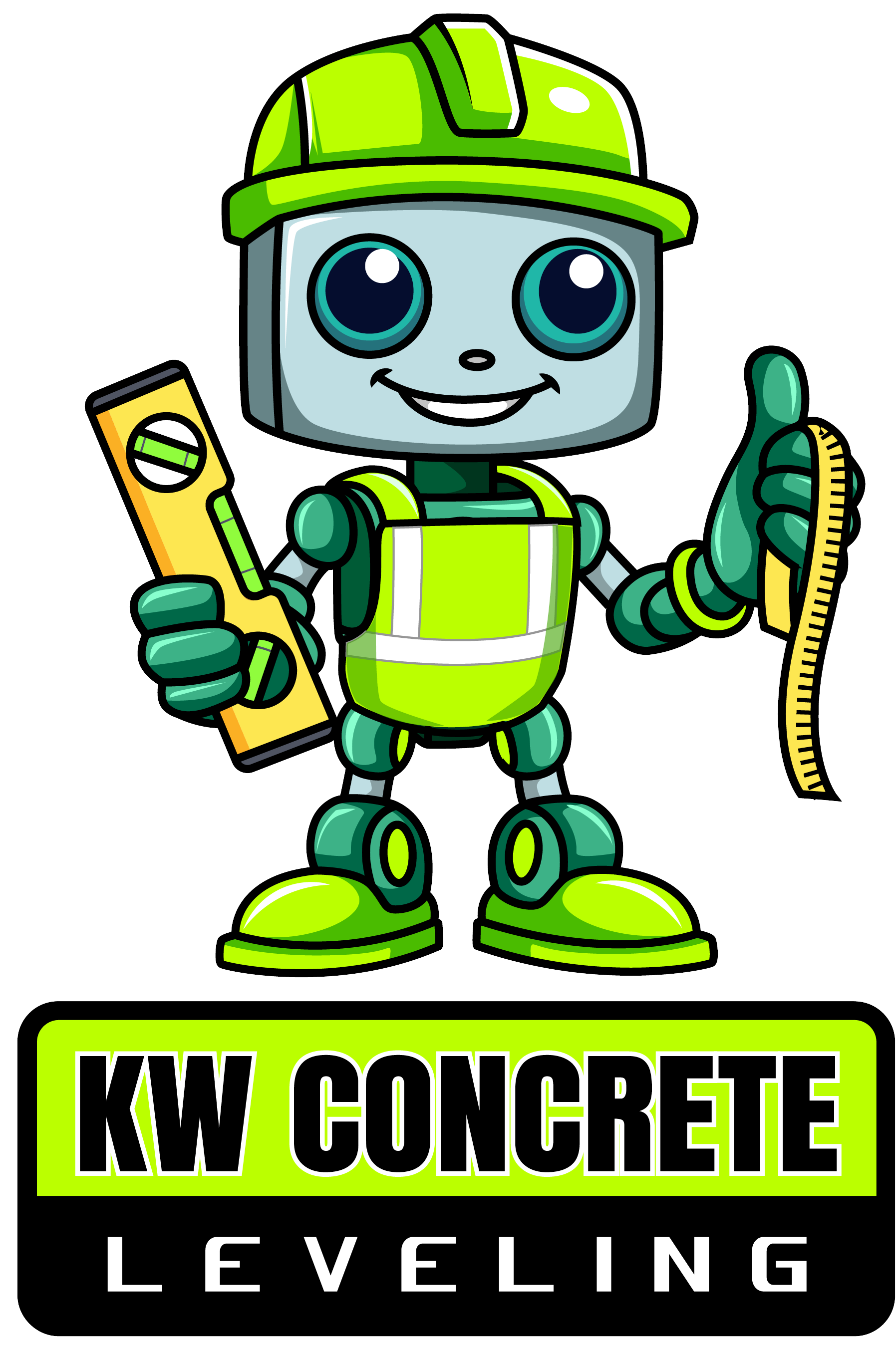When you should use Mudjacking over Polyurethane foam?
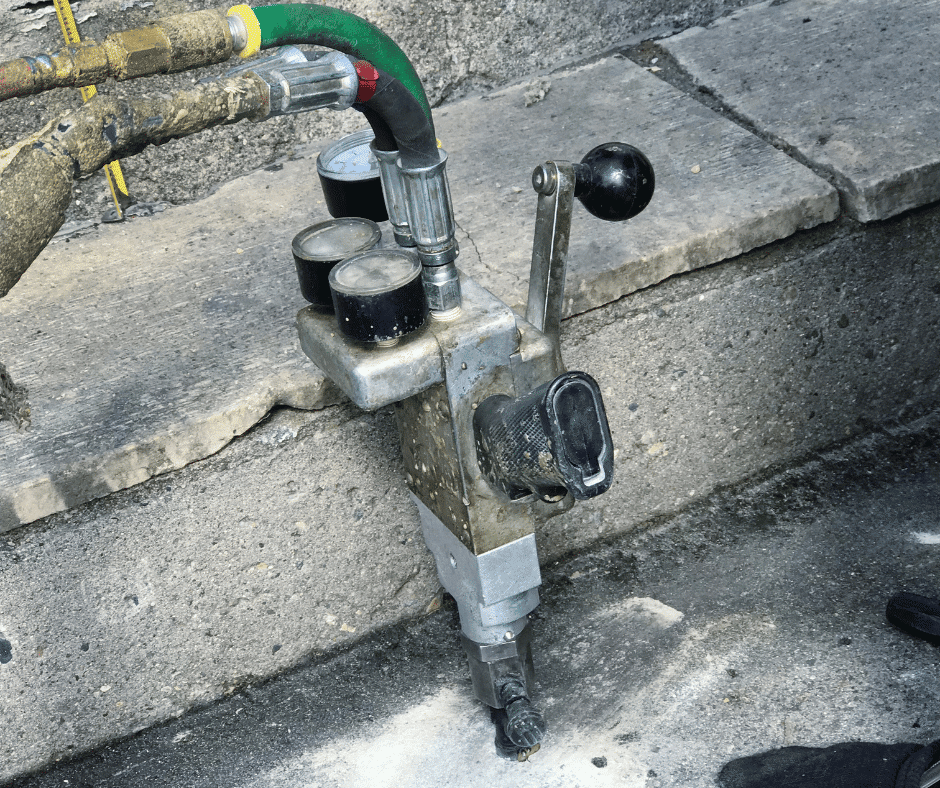
When your concrete surfaces start sinking, cracking or becoming uneven, the right repair method can make a huge difference in life expectancy, cost and effectiveness. Mudjacking and Polyurethane Foam Injection are two common methods of leveling concrete.
Both methods are effective at lifting and stabilizing sunken concrete, but each is more suitable for specific situations. The key aspects of both methods will be talked about here to help you decide whether mudjacking is the right choice when polyurethane foam may be better.
Key Insights
- Mudjacking is a more budget-friendly option for concrete leveling, ideal for residential slabs, but it may require longer curing times and is less effective in poor soil conditions, additionally, the hole size and cosmetic look of Mudjacking is more noticeable than polyurethane foam. On the other hand,
- Polyurethane foam, though pricier, offers faster, more precise repairs with minimal disruption and immediate usability.
- Polyurethane foam is best for time-sensitive projects requiring precision, while mudjacking excels in handling lighter slabs or areas with little weight requirements. Selecting the right method depends on factors like soil stability, project urgency, and budget.
When Should You Use Mudjacking Over Polyurethane Foam?
Deciding between mudjacking and polyurethane foam injection requires understanding the unique benefits and limitations of each method. While both techniques aim to stabilize and lift sunken concrete, mudjacking stands out as the better choice in certain scenarios. Here's when you should opt for mudjacking over polyurethane foam:
When Budget is a Priority
If you are working with a limited budget, mudjacking is the more cost-effective solution. It uses inexpensive materials like cement, sand, and water, making it about 20-40% cheaper than polyurethane foam injection. This makes it an excellent option for specific projects or cases where affordability is key.
When Eco-Friendliness Matters
The slurry mixture used in mudjacking is made of natural, non-toxic materials, such as sand, water, and cement. If environmental impact is a concern, mudjacking is a more sustainable and eco-friendly option compared to synthetic polyurethane foam.
For Larger Projects
For extensive leveling jobs, such as lifting expansive concrete surfaces in warehouses or large outdoor areas, mudjacking offers an economical solution, but typically not nearly as effective as the pressure the mud goes into the hole is not enough to lift industrial floors. Its affordability and ability to handle large volumes of material make it suitable for
mostly residential projects.
When Precision and Speed Are Not Critical
Mudjacking works well for general leveling needs where absolute precision or rapid completion isn't essential. If the project timeline is flexible and minor surface imperfections are acceptable, mudjacking is a practical choice.
When Soil Stability Isn’t an Issue
If the underlying soil is relatively stable and unlikely to settle further, mudjacking provides a durable and lasting repair. However, in areas with highly unstable or shifting soil, polyurethane foam may offer better long-term results.
What is Mudjacking? The Traditional Approach to Concrete Repair
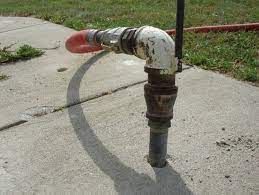
Mudjacking (also called slab jacking or pressure grouting) is a traditional method of leveling concrete. It involves drilling shallow holes in the sunken concrete slab and pumping a thick slurry mix of water, cement and sand underneath it. The slurry fills in voids and raises concrete back to the original level.
Mudjacking has been used for decades to repair uneven surfaces in
driveways,
patios,
sidewalks and foundations. It's a tried-and-true method that can correct various structural problems caused by soil settlement, erosion, or poor compaction during construction.
The Advantages and Disadvantages of Mudjacking
Advantages of Mudjacking
- Cost-effective Solution.
Mudjacking is usually less expensive than polyurethane foam injection. If budget constraints are a problem, this method provides a practical and economical alternative without compromising results.
- Environmentally Friendly.
The slurry used for mudjacking is composed of eco-friendly and nontoxic materials - sand, cement and water. For those concerned with sustainability, mudjacking may be an attractive option.
- Proven Track Record.
For decades, mudjacking has been used to level concrete. Its reliability for smaller projects or for residential application.
Disadvantages of Mudjacking
- Heavier Material
The slurry mixture used in mudjacking is relatively heavy, which may contribute to further soil compression over time, potentially leading to future settling issues.
- Longer Cure Time
The slurry takes longer to cure (about 1-72 hours) and stabilize compared to polyurethane foam, meaning the area may not be usable immediately after repair.
- Less Effective in Poor Soil Conditions
In cases where the underlying soil is highly unstable or prone to excessive shifting, mudjacking may not provide a lasting solution.
What is Polyurethane Foam Jacking?
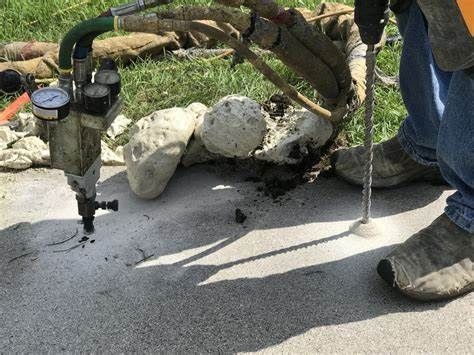
Polyurethane foam jacking, also known as foam lifting, is a newer technique for repairing uneven concrete. This method uses a lightweight, expansive polyurethane foam that is injected under the slab. The foam expands to fill voids and gently lifts the concrete into place. This approach is increasingly popular for its precision and efficiency.
Foam lifting is often used for residential,
commercial, and industrial applications, including driveways,
garage floors, and
pool decks. It offers a cutting-edge solution for concrete repair, addressing many of the limitations associated with traditional mudjacking.
The Pros and Cons of Polyurethane Foam Jacking
Advantages of Polyurethane Foam
- Precision and Efficiency
The polyurethane foam expands rapidly, allowing for precise adjustments and quicker project completion. This makes it ideal for time-sensitive or delicate repairs. - Lightweight Material
Unlike mudjacking, polyurethane foam is lightweight, reducing the risk of further soil compression and settling. - Immediate Usability
Since the foam hardens within minutes of application, the area can often be used immediately after the repair is complete, saving time and inconvenience. - Durability and Longevity
Polyurethane foam resists moisture, erosion, and decay, ensuring a longer-lasting repair compared to traditional mudjacking methods. - Minimal Disruption
The injection process requires smaller drill holes and results in less mess, making it a cleaner and more efficient option for both residential and commercial areas.
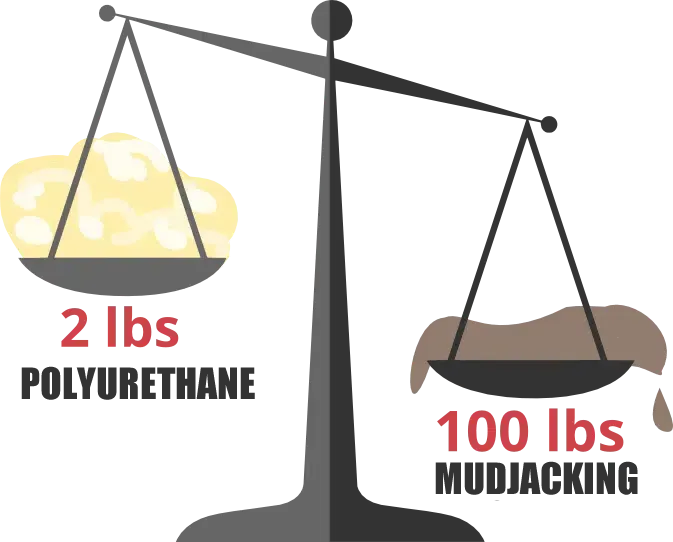
Disadvantages of Polyurethane Foam
- Higher Cost
Foam jacking tends to be more expensive than mudjacking due to the advanced materials and equipment required. This can be a deterrent for budget-conscious homeowners.
Mudjacking vs. Polyurethane Foam: When Should You Choose Each?
Choose Mudjacking When:
- Budget is a primary concern.
- The project involves smaller, residential concrete slabs.
- The hole size/cosmetics are not a factor.
- The repair area is not time-sensitive and can accommodate a longer curing period.
Choose Polyurethane Foam When:
- You need a fast and efficient repair.
- Precision is required for larger areas or intricate project, but also works great for residential application.
- You want a long-lasting solution resistant to moisture and erosion.
- Minimal disruption and immediate usability are essential.
Conclusion: Making the Right Decision for Your Concrete Needs
Choosing between mudjacking and polyurethane foam leveling depends on your specific project requirements, budget, and priorities. Mudjacking is a tried-and-true method for small applications and budget-conscious homeowners, while polyurethane foam offers a modern, durable, and precise alternative for residential and commercial spaces.
By understanding the pros and cons of each method, you can make an informed decision that ensures the longevity and stability of your concrete surfaces. For tailored advice and expert assistance, consider consulting a professional who can evaluate your unique situation and recommend the best solution.
If your looking for more information about concrete leveling, reach out to us at
KW Concrete Leveling.
Share This post with others!
Call For An Estimate!

